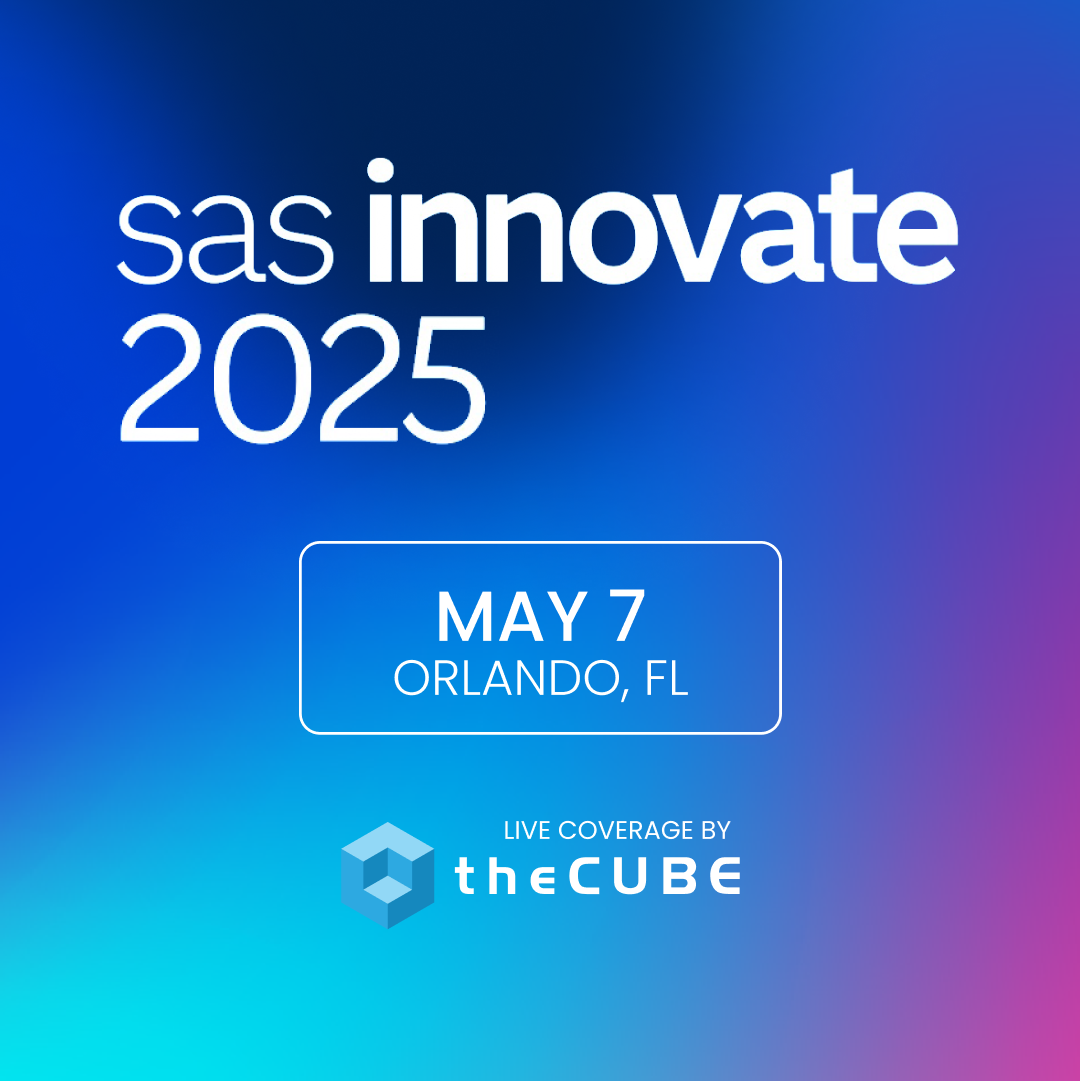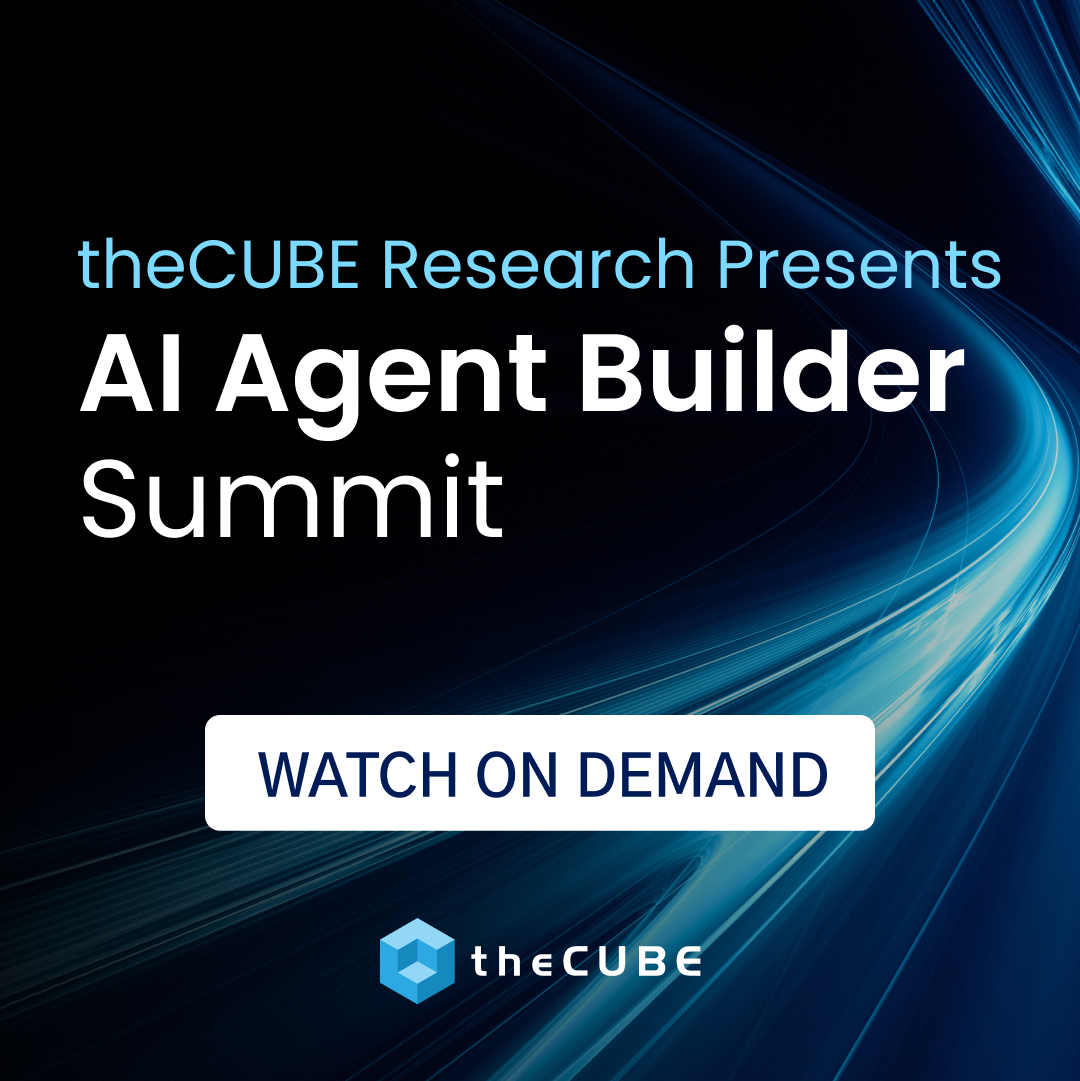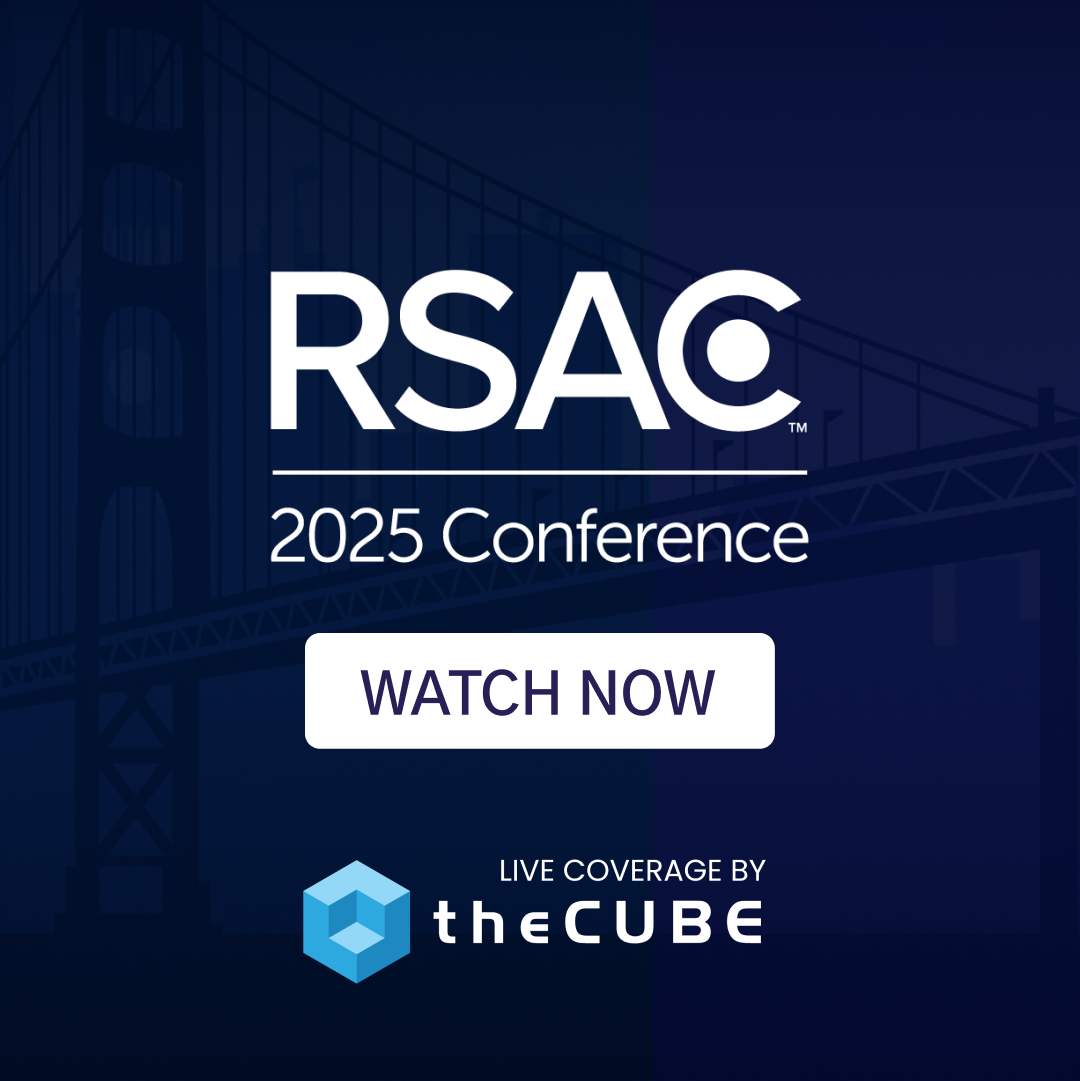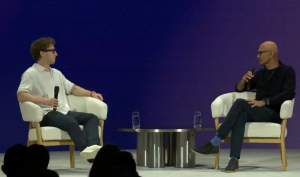Tagged Makes New Friendships with Big Data
![]() Back in 2004, about the same time MySpace came into its popularity, Tagged began its journey. As a social network, Tagged is a social discovery network—it’s less about keeping up with friends, and more about discovering new relationships. Where sites like Facebook put people together with people they might already know, Tagged puts people together with people they’d probably like to know. It’s been a different road for them than MySpace or Facebook; they’ve raised only about $7 million in investments, but it paved the way to profitability in 2010. They have grown to 50 employees and expect to reach 100 employees before 2012.
Back in 2004, about the same time MySpace came into its popularity, Tagged began its journey. As a social network, Tagged is a social discovery network—it’s less about keeping up with friends, and more about discovering new relationships. Where sites like Facebook put people together with people they might already know, Tagged puts people together with people they’d probably like to know. It’s been a different road for them than MySpace or Facebook; they’ve raised only about $7 million in investments, but it paved the way to profitability in 2010. They have grown to 50 employees and expect to reach 100 employees before 2012.
John Furrier and Dave Vellante interviewed Johann Schleier-Smith, CEO of Tagged, in the Cube recently about his start-up, what he believes gave them the power they have now, and where he expects the next generation of social technology will lead him.
Tagged currently boasts 100 million registered millions and in excess of 25 million unique visitors a month and this generates a deluge of data that they must contend with in order to provide their service. During the interview, Johann refers to how his company uses Big Data in order to enhance user experience, much in the same way that a lot of customer-facing companies emphasize customer service above all else. Johann demonstrates that he understands that all of these registered users generate possible relationships with everyone they connect with while using the system and how they connect with them becomes a deep, interconnective history that needs to be compared to other histories to generate suggestions.
“Search is a fantastic technology for navigating Web 1.0 where it’s static content that’s out there that you’re consuming,” says Johann about his company’s technology, “and I think that algorithms and machines certainly have a role to play in helping us navigate a more social Internet experience. At Tagged we have a lot of investment in things like Meet Me which goes through those 100 million accounts and figures out which ones might be good ones for you to connect with right now.”
He points out that the sophistication of the system necessary to do this requires a lot of computation as much as it requires a great deal of data storage. It would need to “learn” from its own past suggestions across every user, comparing how people with similar connections or activities on the system reacted to other people, and constantly follow along with the shifting winds of social trends and activity of the users generating data.
In a way, his take on Big Data reflects how people generated data requires a social context in order to be useful to both the customers and the business.
We’ve already seen this arising out of other social services like OkCupid who generate a social experience for romance/dating connections but also must crunch Big Data, in a similar way to how Tagged does. In much the same way that Scott Yara of Greenplum calls Big Data the next big thing, Johann and his people are leveraging a vast sociology experiment to enhance the lives, experience, and relationships of their users.
Looking forward through the lens of Tagged’s approach to data and the implications of crunching billions of social relationships between people, it’s obvious to see that Big Data is the holy grail of dating sites. Every day social and dating commercials appear on television offering “best matches” based on your “compatibility” and the way we currently do this is by pouring over surveys and generating matches; but that’s static, it starts and ends with the survey. Some people are bad at describing themselves to surveys, but their actual preferences come out in the connections they choose to keep or discard, how much time they spend in the presence of another or away from them. Although information outside the system is dark to it, anything that happens in it will drive further data for it to dynamically understand who matches well and make guesses about other people according to that.
When it comes down to it, that takes a lot of data storage, bandwidth, and extremely agile computation to get done.
If Tagged makes good use of Big Data, they too will probably be the next big thing as well.
A message from John Furrier, co-founder of SiliconANGLE:
Your vote of support is important to us and it helps us keep the content FREE.
One click below supports our mission to provide free, deep, and relevant content.
Join our community on YouTube
Join the community that includes more than 15,000 #CubeAlumni experts, including Amazon.com CEO Andy Jassy, Dell Technologies founder and CEO Michael Dell, Intel CEO Pat Gelsinger, and many more luminaries and experts.
THANK YOU













